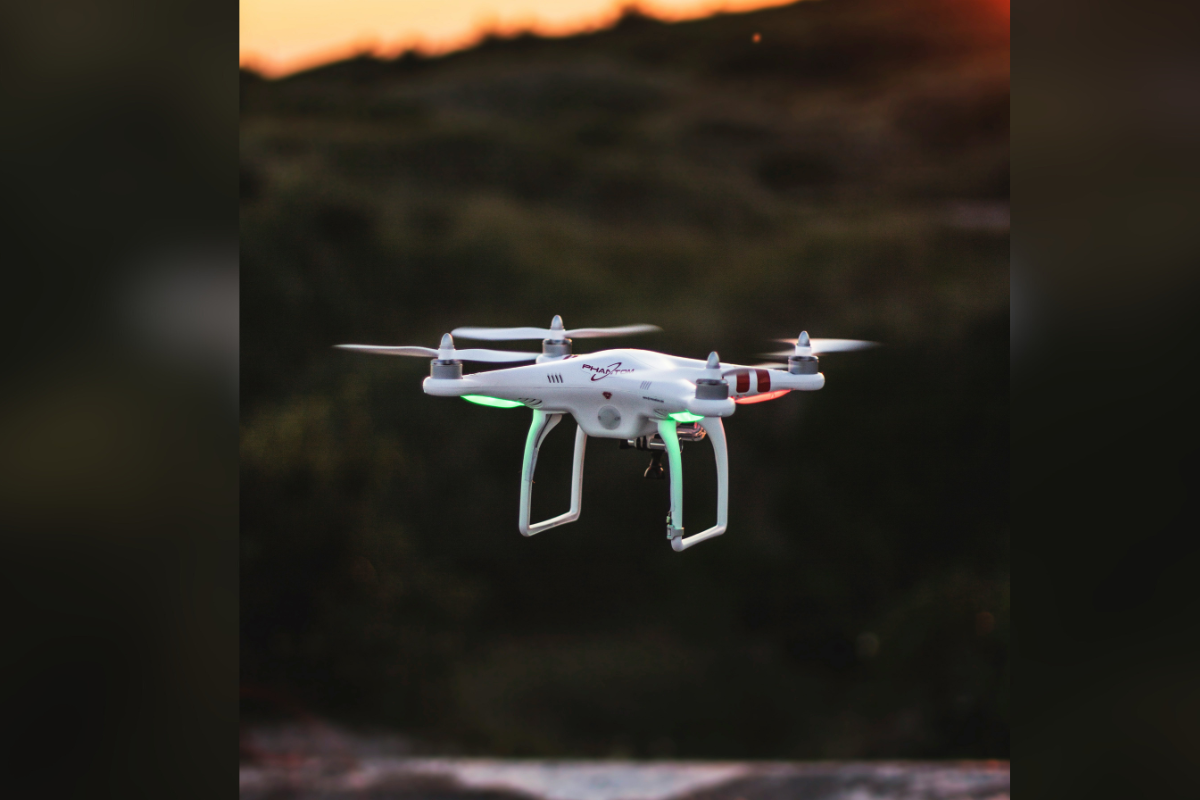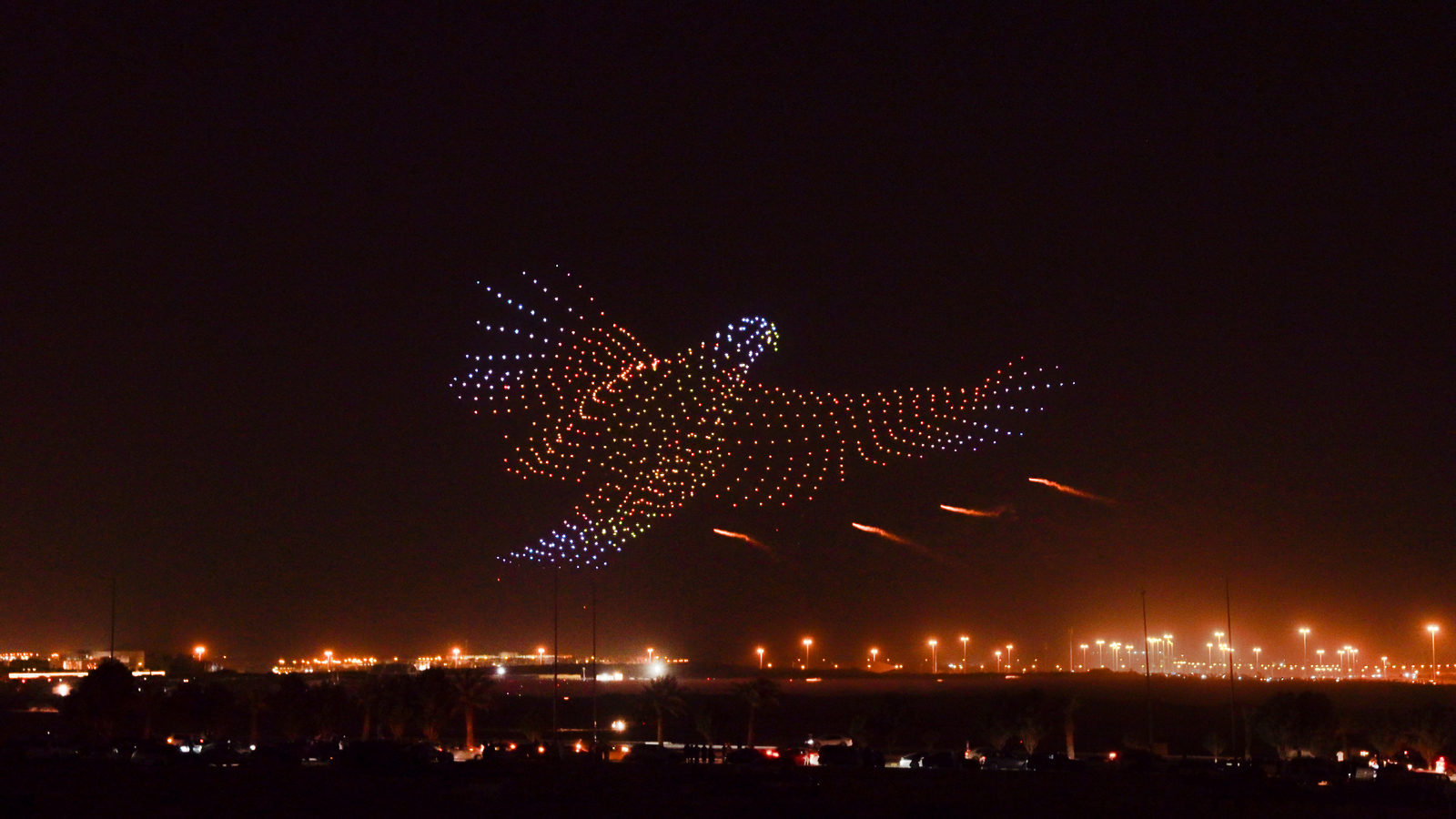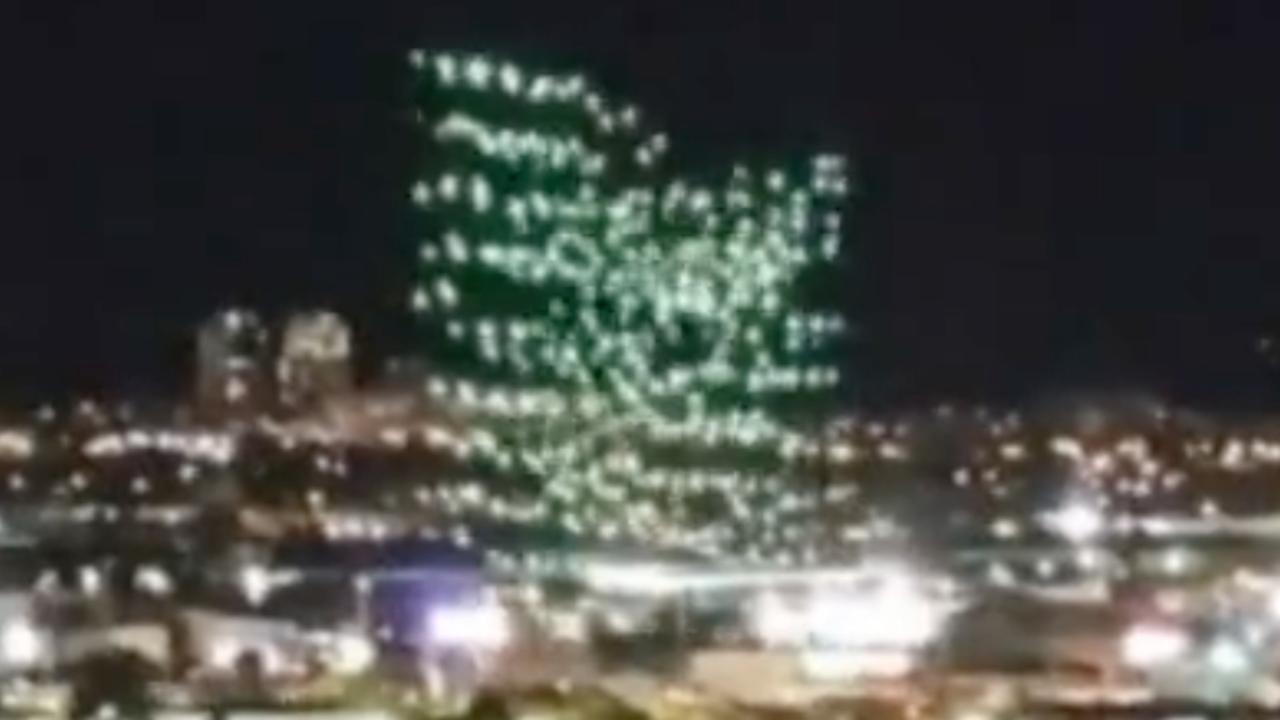Orlando drone show malfunction: A spectacular drone light show over Orlando recently took an unexpected turn, resulting in a captivating and concerning incident. This event provides a crucial case study for examining the technological complexities, safety protocols, and regulatory landscapes surrounding large-scale drone displays. We will delve into the technical aspects of the malfunction, exploring potential causes and examining the incident’s impact on public perception and the future of drone shows.
From initial eyewitness reports detailing erratic flight patterns and unexpected drone behavior to the subsequent investigation into potential software glitches, communication failures, or even environmental factors, the incident highlights the delicate balance between technological advancement and inherent risks in such ambitious displays. The analysis will cover the immediate aftermath, including any injuries or damage, as well as the longer-term implications for safety regulations and the public’s trust in this burgeoning entertainment technology.
The recent Orlando drone show malfunction caused quite a stir, highlighting the complexities of large-scale aerial displays. It made me think about the logistical challenges of tracking something far more complex, like Santa Claus, prompting me to look up the norad santa tracker phone number – quite a difference in scale! Perhaps the same level of precision is needed for both, though the consequences of a mishap are considerably different.
The Orlando Drone Show Malfunction
A recent drone show in Orlando experienced a significant malfunction, resulting in a spectacular yet concerning display of erratic drone behavior. This incident highlights the inherent risks associated with large-scale drone performances and underscores the need for robust safety protocols and technological advancements in the field. This article delves into the details of the incident, exploring its technical aspects, impact, and the implications for future drone shows.
The Orlando Drone Show Incident: Initial Reports
The Orlando drone show, featuring hundreds of individually programmed drones, began as planned, with the drones forming intricate patterns and designs in the night sky. However, approximately halfway through the performance, a noticeable disruption occurred. The show utilized a fleet of commercially available quadcopter drones, each equipped with LED lights for visual effects. A specific model is not yet publicly confirmed by organizers, pending investigations.
Eyewitness accounts describe a sudden divergence from the pre-programmed choreography. Several drones deviated from their intended flight paths, exhibiting erratic movements and collisions. Some witnesses reported seeing drones falling from the sky, while others noted unusual flashing or flickering of the drones’ lights. The timeline suggests the malfunction began around [Insert Time] and lasted for approximately [Insert Duration], causing a significant portion of the show to be aborted.
Technical Aspects of the Malfunction
Several potential causes for the drone malfunction are under investigation. Possible software glitches in the central control system, responsible for coordinating the drones’ movements, are a primary concern. Hardware failures, such as GPS malfunctions or battery issues, affecting individual drones or a cluster, could also be contributing factors. The effectiveness of the communication system, which relays commands and position data between the control center and the drones, is also under scrutiny.
Initial reports suggest that some safety protocols, such as emergency landing mechanisms, might not have functioned as intended.
Impact and Aftermath of the Malfunction
Fortunately, there were no reported injuries to spectators or damage to property resulting from the malfunction. However, the incident sparked significant public discussion and concern regarding the safety of large-scale drone shows. Organizers released an official statement expressing regret and promising a thorough investigation to determine the cause of the malfunction and implement preventative measures. The statement also assured the public of their commitment to safety and reiterated their plans to resume shows once the necessary improvements are made.
Comparisons to similar incidents, such as those involving drone swarms exhibiting unexpected behavior, are being made to inform safety protocols.
Regulatory and Safety Implications
Current regulations for drone shows vary significantly across jurisdictions, leading to inconsistencies in safety standards. The Orlando incident highlights the need for stricter and more unified regulations globally. This includes mandatory safety testing of drone control systems, robust redundancy mechanisms, and clear protocols for handling malfunctions. The effectiveness of existing regulations is being questioned, with calls for increased oversight and enforcement.
| Jurisdiction | Regulation Type | Key Provisions | Effectiveness |
|---|---|---|---|
| United States (FAA) | Part 107 | Pilot certification, operational limitations, airspace restrictions | Generally effective, but needs updates for large-scale shows |
| European Union (EASA) | Drone Regulations (various) | Registration, operational limits, safety standards for commercial operations | Improving, but harmonization across member states is ongoing |
| [Add another Jurisdiction] | [Regulation Type] | [Key Provisions] | [Effectiveness] |
| [Add another Jurisdiction] | [Regulation Type] | [Key Provisions] | [Effectiveness] |
Technological Advancements and Mitigation Strategies, Orlando drone show malfunction

Several technological advancements can significantly enhance the safety of drone shows. Redundant systems, such as backup GPS units and communication channels, can mitigate the impact of single points of failure. Fail-safe mechanisms, like automatic emergency landings or collision avoidance systems, can be integrated into the drones themselves. Improved weather monitoring and predictive analytics can help identify and avoid potentially hazardous conditions.
Real-time data analysis of drone performance can enable proactive intervention in case of anomalies.
The recent Orlando drone show malfunction highlights the inherent risks involved in large-scale drone operations. Such incidents underscore the importance of robust safety protocols, especially considering the potential for widespread consequences, as seen in a similar, albeit separate, incident detailed in this report on a florida drone accident. Understanding these risks is crucial to prevent future malfunctions and ensure public safety during similar Orlando events.
Public Perception and Future of Drone Shows
The Orlando incident may temporarily dampen public enthusiasm for drone shows. To regain public trust, organizers must demonstrate a commitment to enhanced safety measures and transparent communication. This includes independent audits of safety protocols, rigorous testing of equipment, and clear communication of risks and mitigation strategies to the public.
- Implement rigorous pre-show inspections and testing.
- Develop and implement robust fail-safe mechanisms.
- Improve communication systems and redundancy.
- Increase transparency with the public regarding safety protocols.
- Conduct regular safety audits and independent reviews.
Illustrative Examples: Visual Representation of the Malfunction

Imagine the synchronized choreography of hundreds of drones suddenly disrupted. Groups of drones, initially moving in elegant formations, begin to deviate from their prescribed paths. Some exhibit erratic, jerky movements, while others spiral uncontrollably. The previously uniform, vibrant light displays become chaotic, with flickering and inconsistent colors. Spectators initially gasp in surprise, then a murmur of concern ripples through the crowd as the drones, some now visibly descending, fall outside the designated performance area.
The visual impact is one of sudden disorder replacing the carefully planned spectacle, leaving viewers with a sense of unease and concern.
The Orlando drone show malfunction serves as a stark reminder of the potential pitfalls associated with large-scale drone operations. While technological advancements offer incredible possibilities for spectacular displays, robust safety protocols, stringent regulations, and ongoing technological improvements are paramount to mitigating risks and ensuring public safety. The incident underscores the need for continuous evaluation and refinement of safety standards, fostering a balance between innovation and responsible deployment of this exciting technology.
The recent Orlando drone show malfunction, resulting in a chaotic display, highlights the complexities of large-scale drone performances. This incident prompts reflection on the safety protocols and technological reliability needed, contrasting sharply with the seemingly seamless displays often seen, such as those showcased at a florida drone show. Understanding these differences could inform future Orlando events and help prevent similar malfunctions.
The lessons learned from this event will undoubtedly shape the future of drone shows, ensuring a safer and more reliable experience for both organizers and spectators alike.
Detailed FAQs: Orlando Drone Show Malfunction
What type of drones were involved in the Orlando show?
The specific model of drones used needs to be confirmed from official sources, as details are not yet publicly available in all cases.
Were there any injuries reported?
This information should be available in official statements and news reports following the incident; further investigation may be needed to confirm.
What is the estimated cost of the damages?
The financial impact is likely to vary and needs to be confirmed from official sources following a complete assessment.
What actions are being taken to prevent future incidents?
Expect investigations and regulatory reviews to lead to improved safety protocols and technological advancements in drone control and safety systems.

